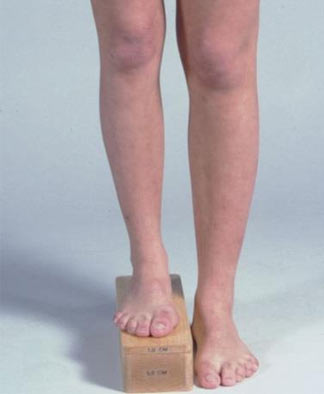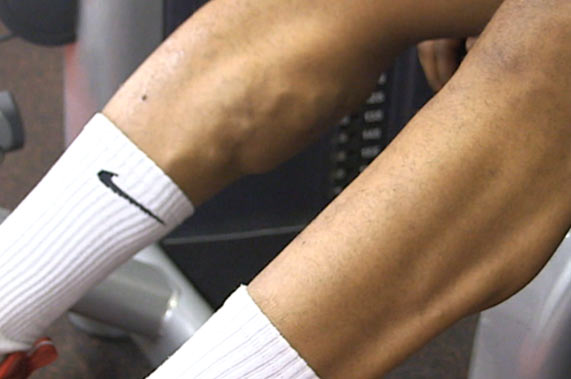Fast facts
About:
- Calf implants are silicone-based implants that are surgically inserted into your calves.
- Also known as calf augmentation, calf implants are used by people looking to enhance the size of their calves.
Safety:
- Overall, calf augmentation is deemed safe when performed by a credible plastic (cosmetic) surgeon.
- The most common side effects are bruising. As with any surgery, infection and bleeding are also possibilities.
- Calf implants may eventually rupture or become dislodged. This can require additional surgeries.
Convenience:
- Calf implant surgery is done on an outpatient basis. You’ll be able to go home within the same day.
- The actual surgery itself takes less than a few hours to complete. However, you will need to take some time off work to recover.
- To reduce the risk of side effects and other complications, it’s important to work with an experienced and trained surgeon only.

What are calf implants?

How do calf implants work?
Calf implants contain silicone, which is a durable rubber-like material. When inserted under the skin, it provides the area with a look of fullness. This can be helpful in providing more fullness in the calves in the absence of defined muscles. In turn, your calves will be bigger in size, too.
Procedure for calf implants
Calf augmentation is an outpatient procedure. This means that you’ll have the surgery at either your surgeon’s office or at a hospital, but you are able to go home the same day.
According to the International Society of Aesthetic Plastic Surgery (ISAPS), calf implant surgery takes about an hour and a half to complete. This doesn’t count the prep time before surgery, as well as recovery from the anesthesia. In all, you should expect to dedicate an entire day to your procedure.
Before the actual procedure, an anesthesiologist will administer anesthesia. This puts you to sleep during the surgery so you won’t feel any pain. The anesthesia is administered locally with a mask, or intravenously via needles in your veins.
During the procedure, your cosmetic surgeon will make incisions into the calves and then insert the silicone implants. The skin is then stitched back together.


